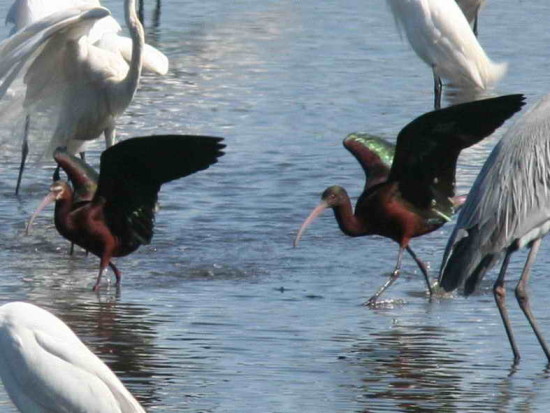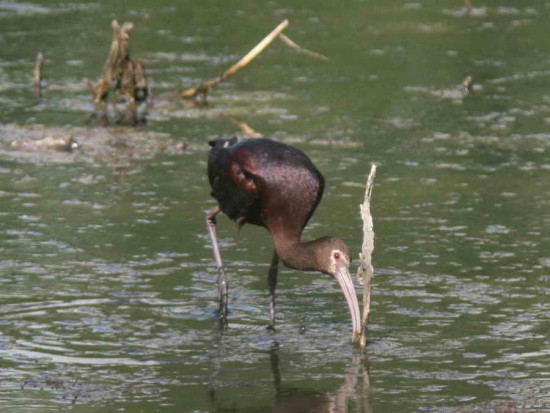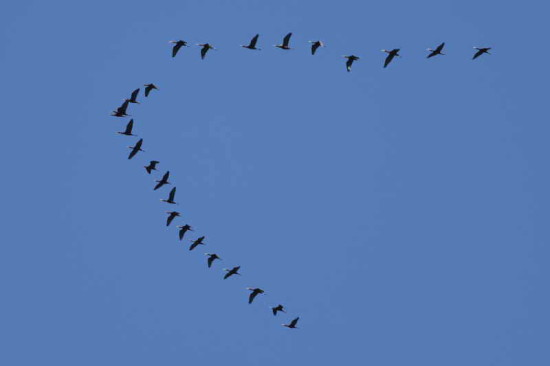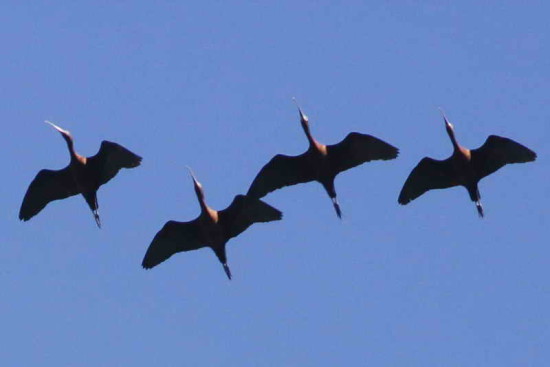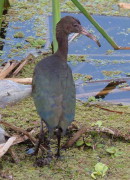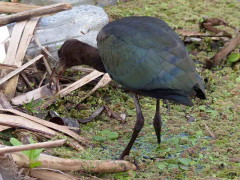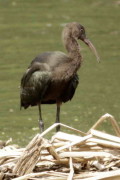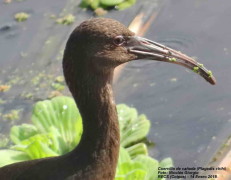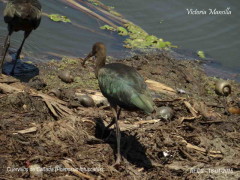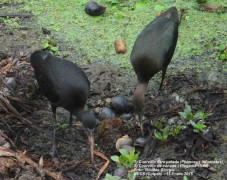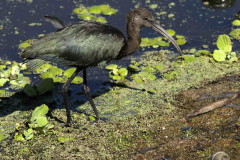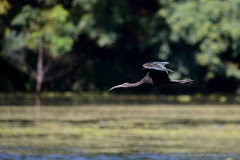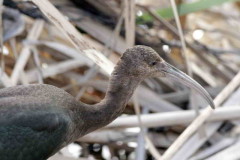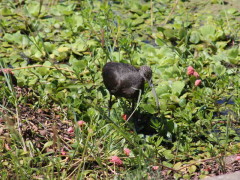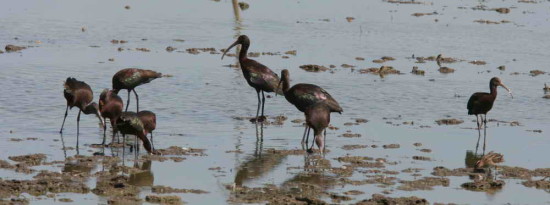Order: Pelecaniformes - Family: Threskiornitidae Habitat: Rural areas and marshes
| Like Bare-faced Ibis this ibis is practically a bird of passage or stays a short while. |
| All records since January 2014 |
|---|
| Sounds | |||
|---|---|---|---|
|
|
|||
 15-10-06 © Roberto Ares 15-10-06 © Roberto Ares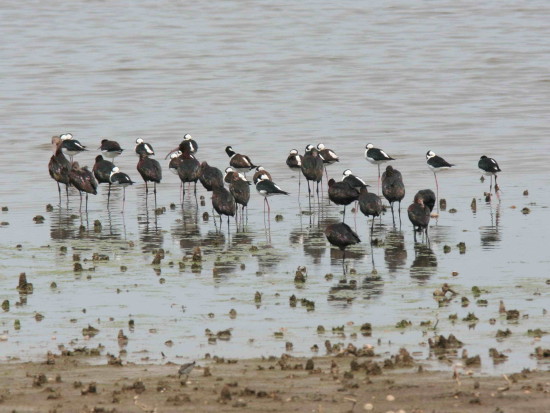 13-10-06 © Roberto Ares 13-10-06 © Roberto AresVery sociable. Forms big flocks. |
| Juvenile |
|---|
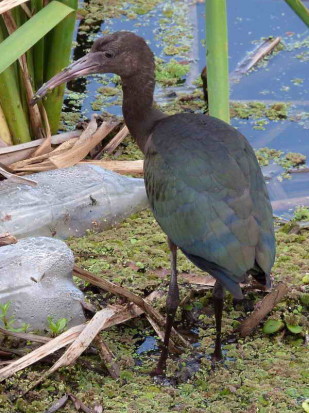 12-2014 © Dolores Fernández 12-2014 © Dolores FernándezWith white spots on head and neck. |
| More photographic records since January 2013 |
|---|


